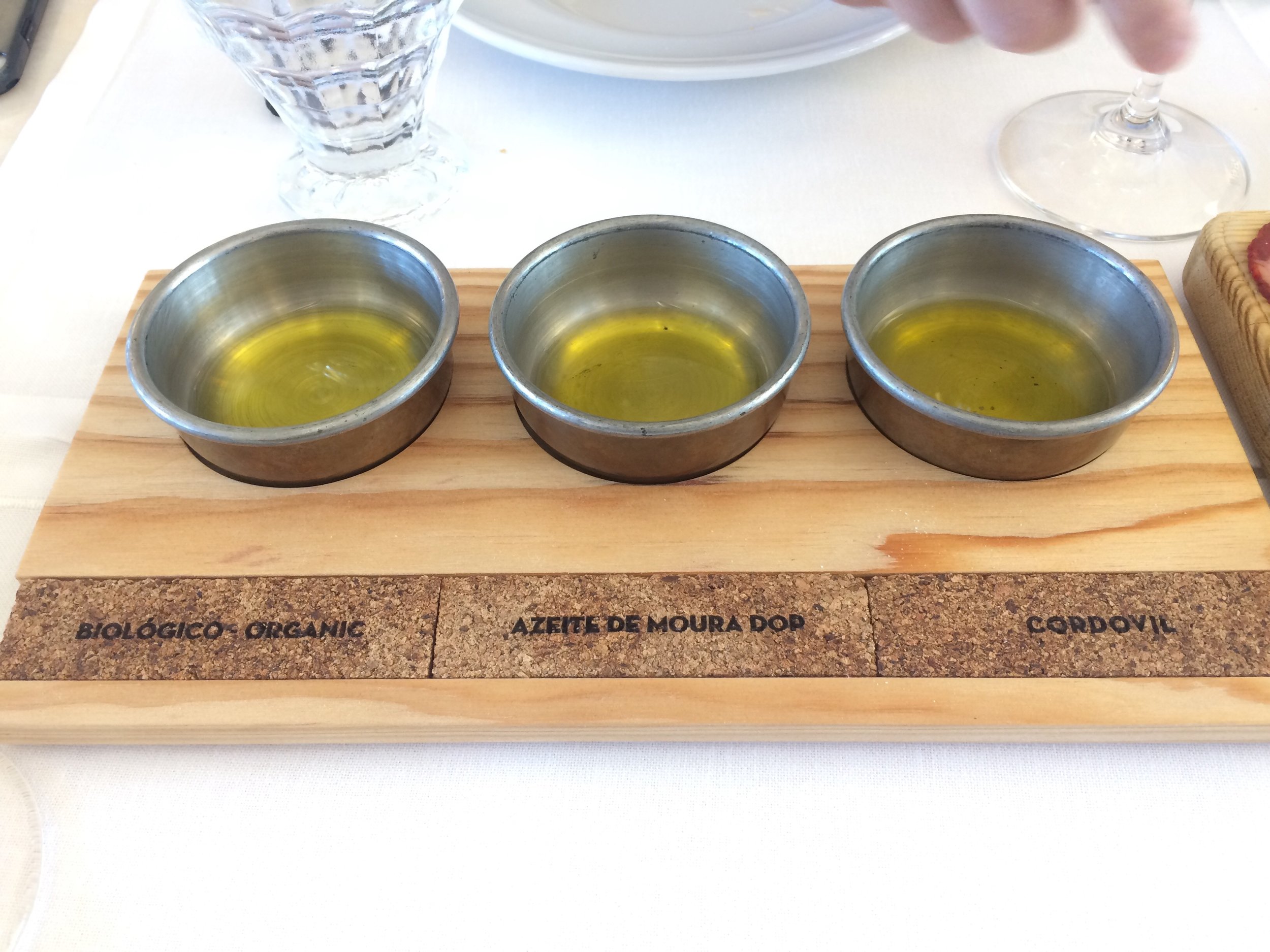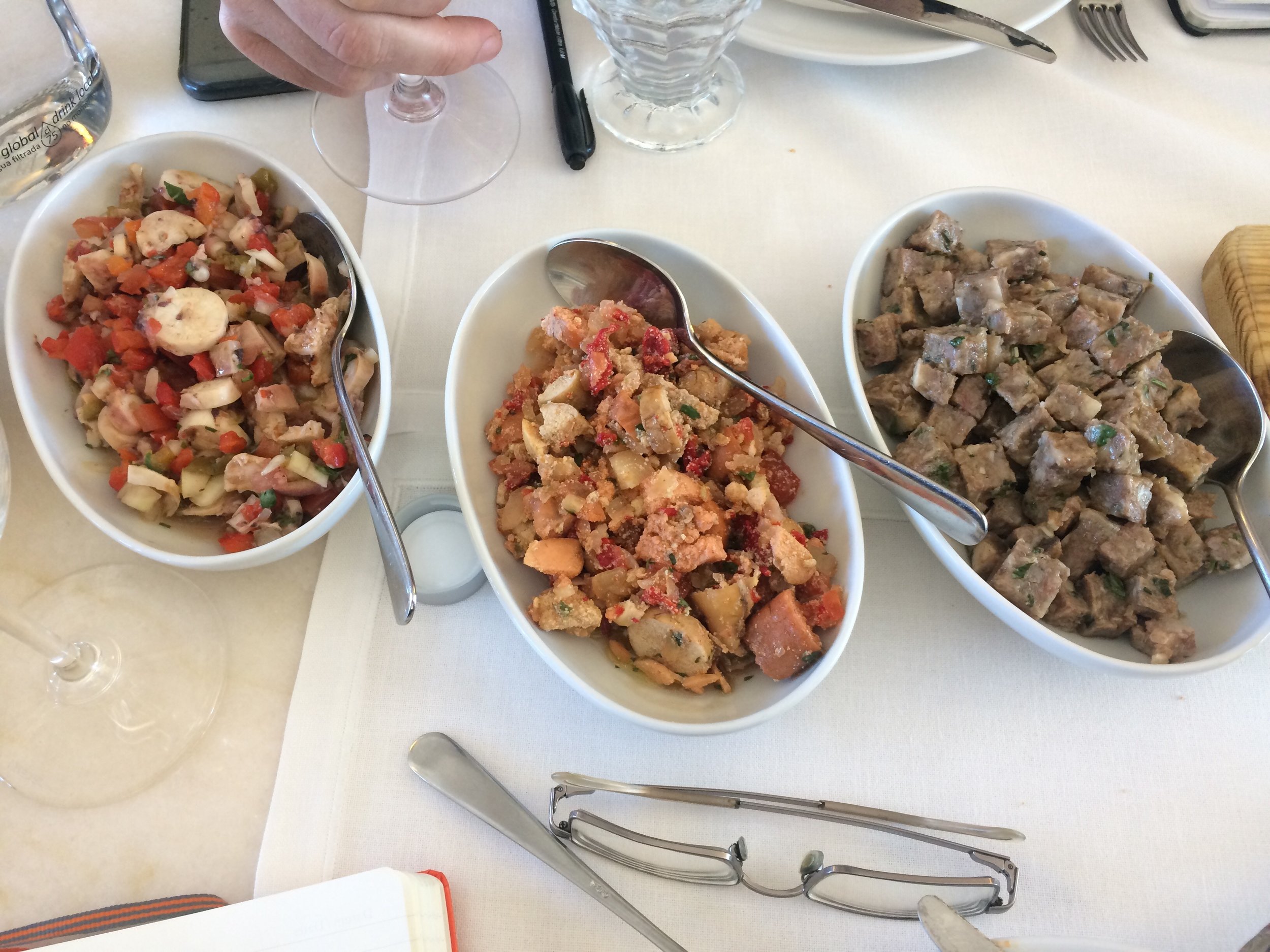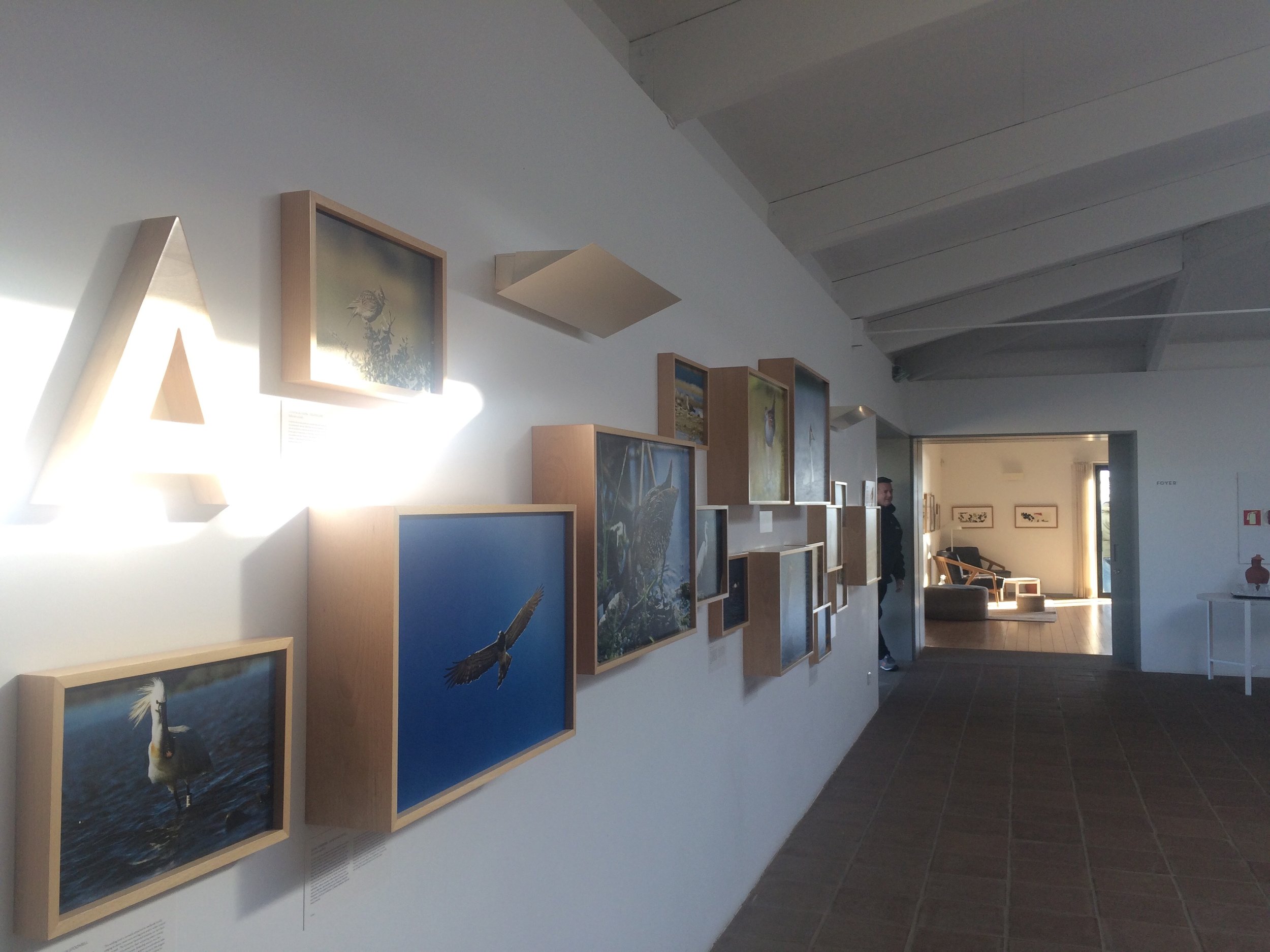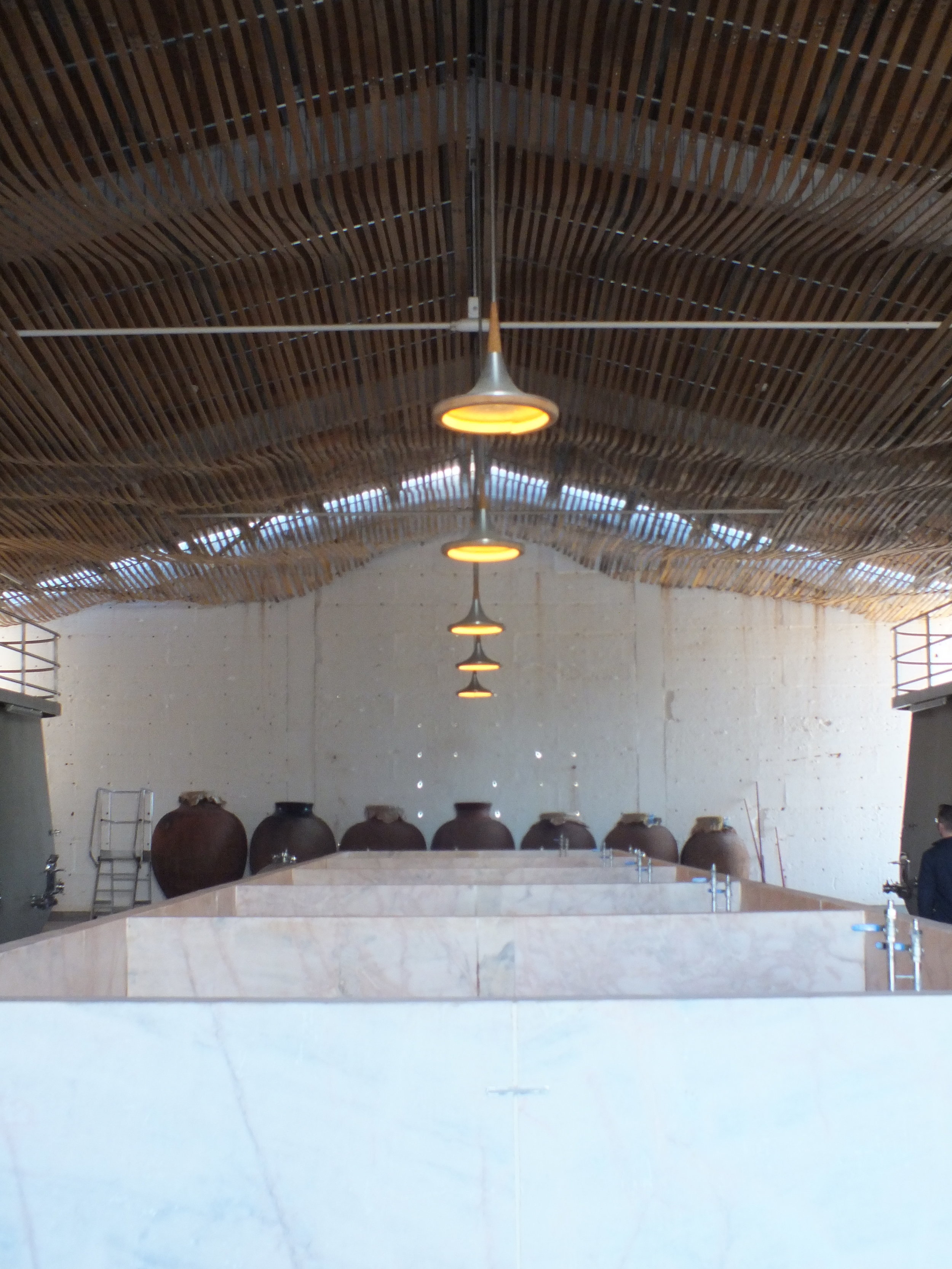EVORA CITY AND AN EVENING WITH JOÃO PORTUGAL RAMOS - November 2016
We, I arrived in Évora City (a Unesco World Heritage City), late in the afternoon, there would be only a few hours left of sunshine before the chill of the night would begin it's slow creep. I took a walk through the quiet yet busy city. Then suddenly realizing in my instant transformation into a tourist, that this historical city was alive with its inhabitants going about their lives. Children and Teenagers coming home from school, the elders sitting and sipping coffee in the town square, and offices closing up as the restaurants and taverns prepared for evening service. Dinner was to be at 8 at the charming Luar de Janeiro Restaurant with the wines of João Portugal Ramos. It would be a very comfortable dinner and a casual tasting with the wines and the son of João Portugal Ramos, João Maria Portugal Ramos. (pictured below)
João Maria Portugal Ramos, son of João Portugal Ramos. photo by Christopher Sealy iPhone using VSCO.
THE WINES OF JOAO PORTUGAL RAMOS OF ESTREMOZ, ALENTEJO
2015 Alvarinho Vinho Verde : a very fresh and clean wine with classic characteristics of apple and pear with bright fruit and mineral elements on the palate. 20% of the wine is raised in barrel, giving a soft and pleasing dimension to the wine and not overpowering the lovely fruit makes Alvarinho so pleasant as an aperitif wine.
2015 Marquês de Borba White: this wine is composed of Arinto, Antâo Vaz and a touch of Viognier. What I can say about this wine is that aromatically the wine is quite direct in character, with lovely lemon, citrus and orchard fruit tone with a touch of sweet peach and pear due to the Viognier, only to be balanced by a very pleasing palate with nice acidity and a lemon and mineral sandwich of flavour. Well made.
2015 Marquês de Borba Red : this wine is lead by Alicante Bouchet, Aragonez with support from Trincadeira and Touriga Nacional. As an easy drinking red, with lovely dark berry, currant and a touch of cooked fruit on the nose, which then moves direclty to the palate with like and similar elements framed by freshness and gentle tannin. Freshness and pleasing fruit is the vital and necessary key to good Alentejo wines. A great everyday drinking wine.
2013 Vila Santa Reserva Red : Grape Varieties in this gem are Aragonez, Touriga Nacional, Syrah, Cabernet Sauvignon and Alicante Bouschet. Now a 1/3 component of this wine will be foot trodden in classic marble lagares with the remainder fermented in large wooden vats with ageing in American and French oak. The result is rich and ripe fruit aroma of dark berry, cassis and a perfume that is floral and fruity with a hint of sweet vanilla. On the palate there is the same velvety richness with a touch of rock rose, spice and vanilla from the elevage in barrel. By no way is this an obtuse 'big' wine. It balanced and elegant showing the skill and hand of the maker.
2014 Dourum Colheita Douro Red : here Touriga Franca leads the show with Touriga Nacional and Tinta Roriz. We dig deep into the richness that only the Douro can provide with ripe and sweet berry over toasted vanilla and a touch of grains de café torréfié - roasted coffee. I would say and conclude later in my trip that the wine, and others wines of the Douro, had a Bordeaux like elegance and density, but with lift and clarity of pleasing fruit that allowed the wine to be enjoyed in youth.
FACT FILE ON JOÃO PORTUGAL RAMOS
“The new generation (of young winemakers) can profit from the work of their parents. The big producers will maintain a consistency in quality and the small producers will add the diversity to an already growing market. ”
- João is known as one of, if not the most famous oenologist/ wine consultants in Portugal and is constantly engaged in projects throughout the country. The Dourum label of wines in particular is a partnership with João Maria Soares Franco the famous and important past winemaker of Barca Velha. Barca Velha is the Portuguese equivalent to Vega Sicilia in Spain or Stag's Leap in Napa.
- In the 1990's João himself, after an illustrious career of making wines for others, purchased a property in Estremoz, Alentejo to make his own wines and then soon become one of the largest privately owned family wineries in the south.
- Currently they have a team of 6 wine makers in the group overseeing projects in other regions of Portugal.
- João's son, João Maria has recently finished his Masters in Wine at the wine school of Montpellier and has studied at Bordeaux. He has been working with his father since 2014 and is part of the new vanguard of young wine makers in training.
A morning walk in the public gardens at the city of Évora.
The outer wall of the city of Évora






















